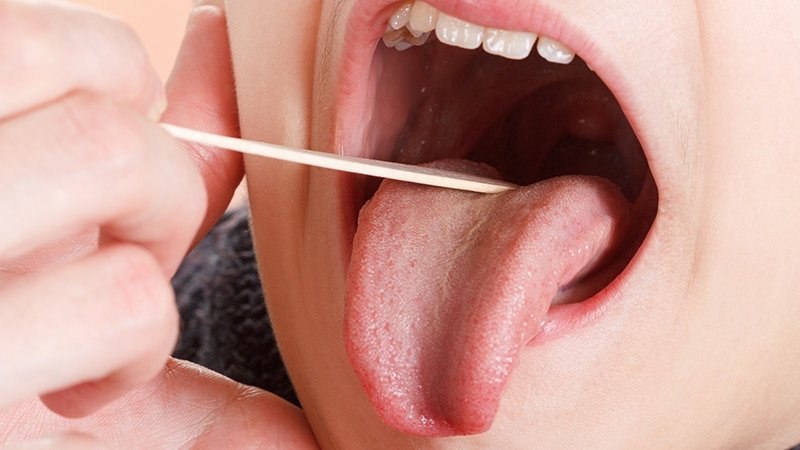Tissue Doppler Imaging echocardiography (TDI) identified subclinical changes in cardiac function in children with obstructive sleep apnea prior to tonsillectomy and adenoidectomy, based on data from 560 children.
Identifying cardiac abnormalities prior to surgery could help reduce the risk of perioperative or postoperative complications, but data from previous studies have not yielded reliable predictors of cardiac changes in children with obstructive sleep apnea (OSA), write Nicolas S. Poupore, MD, of the Medical University of South Carolina, Charleston, and colleagues.
TDI is an additional imaging study that measures one positive systolic peak and two negative diastolic peaks, and has shown increased sensitivity to subclinical changes in asymptomatic or mildly symptomatic patients, although data on its use in pediatric patients are limited, the researchers said.
In a study published in the International Journal of Pediatric Otorhinolaryngology, the researchers analyzed data from four studies including 295 children with OSA and 265 controls without OSA who underwent tonsillectomy and adenoidectomy (T&A) and TDI. They reviewed TDI measurements for the S′, E′, and A′ waves and then for the E′/A′ ratio at the tricuspid annulus (S′ RV) and mitral annulus (E′/A′ LV) before and after T&A.
Among pre-T&A patients, both TDI measures of interest, the S′ RV and the E′/A′ LV, were significantly lower compared with controls, with mean differences of –1.04 and –0.74, respectively (P < .001 for both). However, these variables measured post-T&A were not statistically different compared with controls, the researchers noted.
The study was limited by several factors, including the lack of TDI echocardiography data confirmed by polysomnogram in many studies, which meant that only four were eligible for the meta-analysis, the researchers noted. Other limitations included the lack of stratification by OSA severity, potential for patient selection bias, and lack of data on the duration of OSA prior to T&A, they said. “With untreated OSA shown to lead to worsening cardiac effects, it makes sense that different lengths of untreated OSA could affect cardiac function variably,” they explain.
Although TDI may provide more precise information for evaluation of cardiac risk factors in children with OSA, the current study findings do not answer the question of which patients need preoperative echocardiography and whether the study should include TDI, the researchers wrote.
“Clinicians should evaluate each child individually with respect to their comorbidities and the available resources to decide on the utility of pre-T&A cardiac imaging for that child,” the researchers emphasize. “Because a child’s safety under anesthesia and post-operatively is the ultimate concern, we need high-powered, prospective studies to further elucidate which children should receive pre-T&A cardiac imaging to reduce perioperative complications.”
The study received no outside funding. The researchers have disclosed no relevant financial relationships.
Int J Pediatr Otorhinolaryngology. Published January 2022 edition. Abstract
For more news, follow Medscape on Facebook, Twitter, Instagram, YouTube, and LinkedIn
Source: Read Full Article
